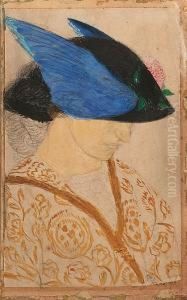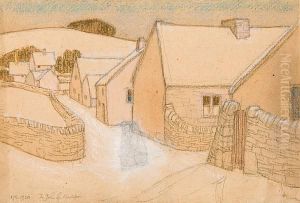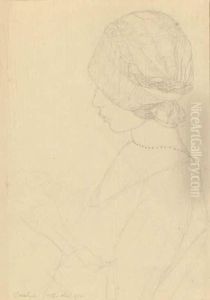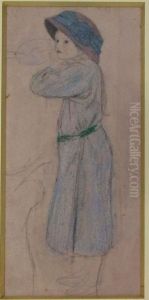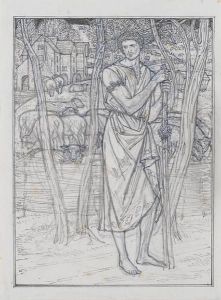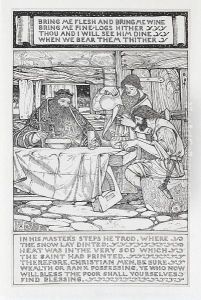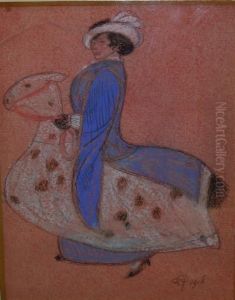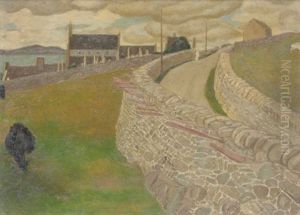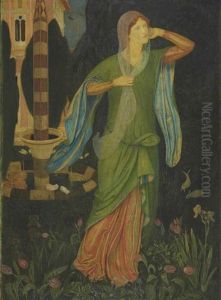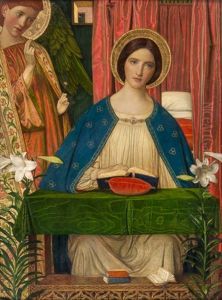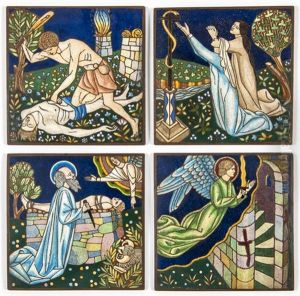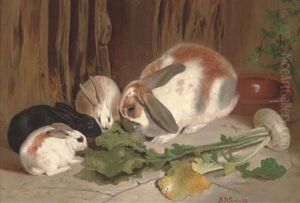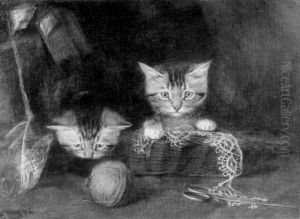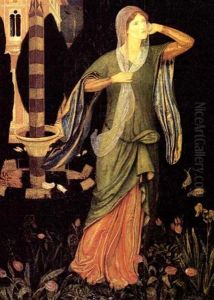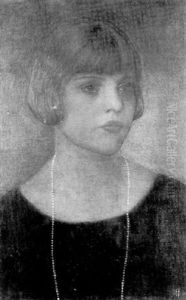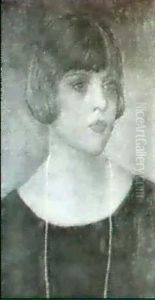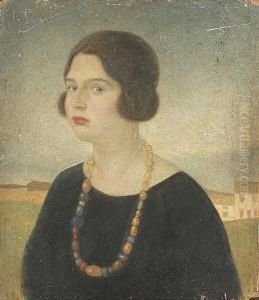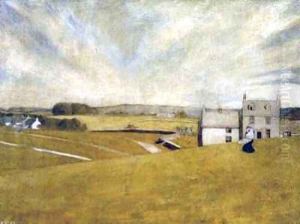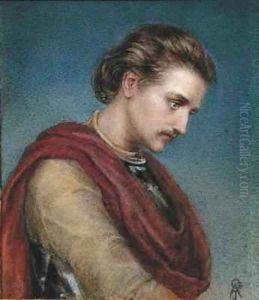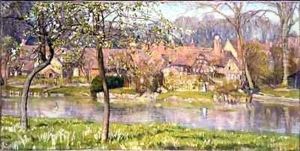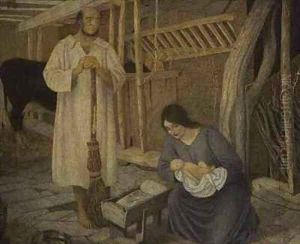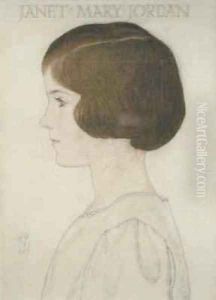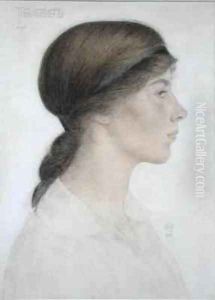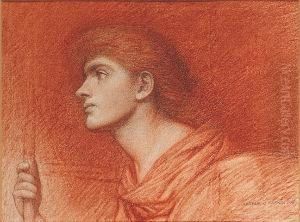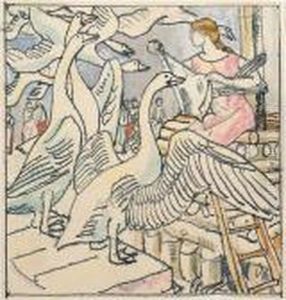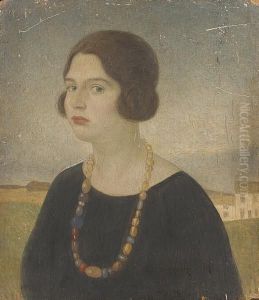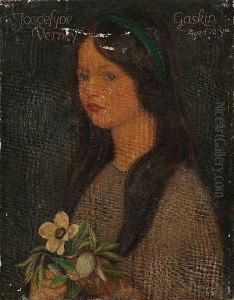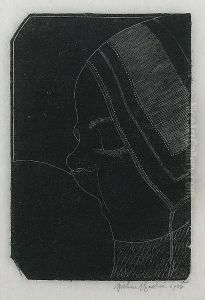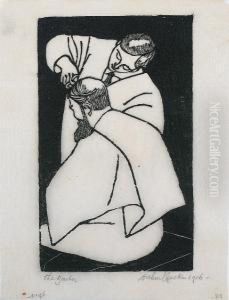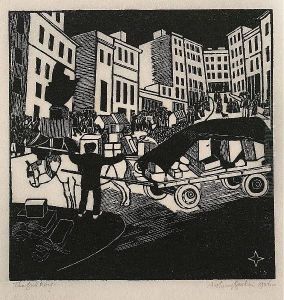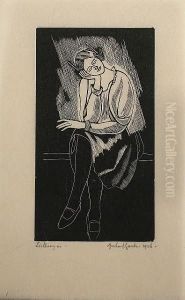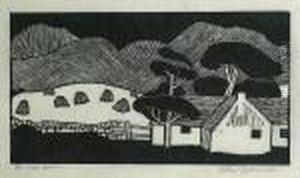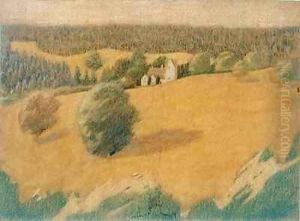Arthur Joseph Gaskin Paintings
Arthur Joseph Gaskin was an English illustrator, painter, and teacher, recognized for his work during the Arts and Crafts movement, which sought to bring about a return to traditional craftsmanship and to elevate the status of decorative arts. Born on March 16, 1862, in the Stirchley area of Birmingham, Gaskin was educated at the Birmingham School of Art, where he later taught from 1890 to 1904.
During his time at the Birmingham School of Art, Gaskin was greatly influenced by the ideas of William Morris, a leading figure in the Arts and Crafts movement. Gaskin's work as an illustrator is characterized by its intricate detail and romantic medievalism, often featuring themes from nature, fairy tales, and literature. Alongside his wife, Georgie Gaskin, who was also an artist and jewelry designer, he produced a range of works that included book illustrations, jewelry, and decorative objects.
Some of his notable illustrated works include 'Gods and Mortals in Love' (1897), 'The Shepheard's Calendar' (1896) by Edmund Spenser, and 'A Book of Pictured Carols' (1893). His style of illustration was in harmony with the aesthetics of the Arts and Crafts movement, emphasizing hand-craftsmanship and a return to simpler, more traditional methods of production.
Outside of his illustration work, Gaskin also produced paintings, although they are less well-known. His teaching career was significant in helping to shape a generation of artists who were influenced by the principles of the Arts and Crafts movement. He was a mentor to many students who would go on to have successful careers in the arts, including some who became part of the Birmingham Group, a collective of painters, sculptors, and poets.
Arthur Joseph Gaskin passed away on June 4, 1928. His legacy is preserved through his contributions to the field of art and design, particularly within the context of the Arts and Crafts movement. His work remains an important example of the movement's ethos and aesthetic, reflecting a dedication to craftsmanship and a romantic vision of the past.
